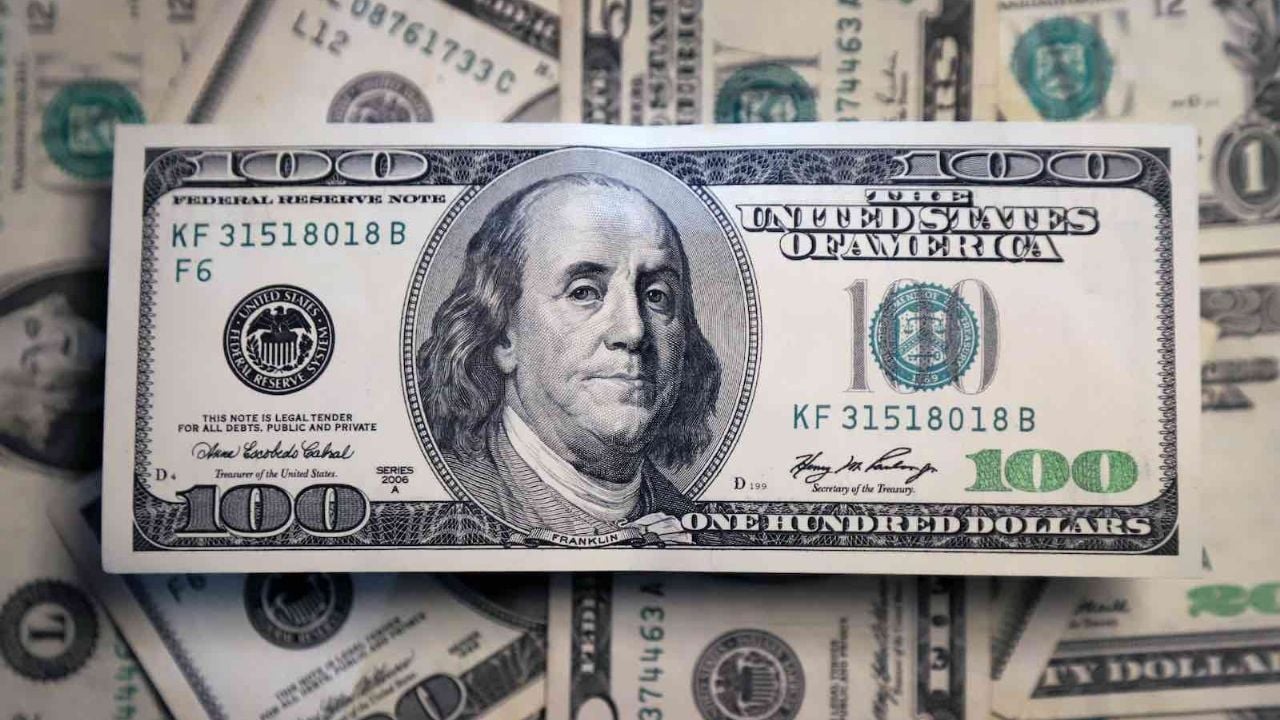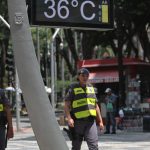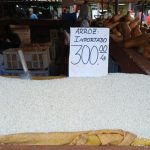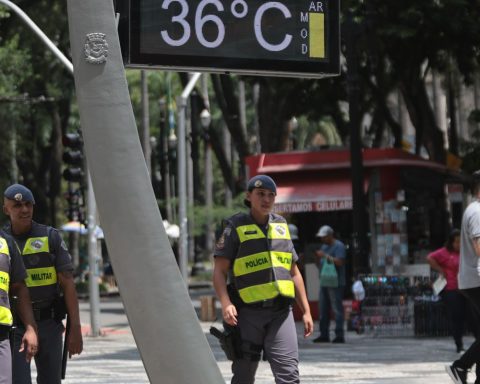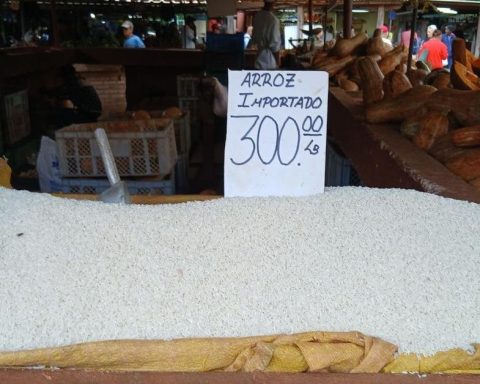The quote of the dollar In Argentina, both in its official version and in the parallel market known as the blue dollar, it showed significant variations that reflect the country’s complex economic situation.
He dollar The official rate, which is the exchange rate regulated by the Central Bank of the Argentine Republic (BCRA), remained relatively stable compared to previous days. According to available data, the official dollar was quoted on Thursday at $933.50 for purchase and $973.50 for sale.
This stability is the result of the interventions of the BCRA in the foreign exchange market, with the aim of controlling inflation and avoiding an abrupt devaluation of the local currency. On the other hand, the dollar blue, which is the exchange rate negotiated in the informal market, showed a quote of $1285 for purchase and $1305 for sale.
This value represents a slight decrease compared to previous days, when the blue dollar had reached historic highs due to the economic and political uncertainty that the country is experiencing.

Fountain: Dollar Today.
This Friday, September 6, the blue dollar is quoted at $1,245 for purchase and $1,265 for sale. Meanwhile, the official dollar is quoted at $934 for purchase and $974 for sale. The difference between the official dollar and the blue dollar, known as the “exchange rate gap”, has important implications for the Argentine economy.
A wide exchange rate gap can create distortions in the economy, affecting both imports and exports. Companies that need to import inputs often have to turn to the parallel market to obtain dollars, which increases their costs and ultimately translates into higher prices for consumers.

Perspectives
The outlook for the dollar in Argentina depends on several factors, including the evolution of inflation, the government’s economic policies and political stability. In the short term, the BCRA is likely to continue intervening in the foreign exchange market to maintain the stability of the official dollar.
The quote of the dollarboth in its official version and in the parallel market, reflects the country’s complex economic situation. While the BCRA works to maintain the stability of the official dollar, demand in the parallel market remains high, boosting the price of the blue dollar.
